Home
Guide to Classical Physics: Using Mathematica for Calculations and Visualizations
Barnes and Noble
Guide to Classical Physics: Using Mathematica for Calculations and Visualizations
Current price: $150.00
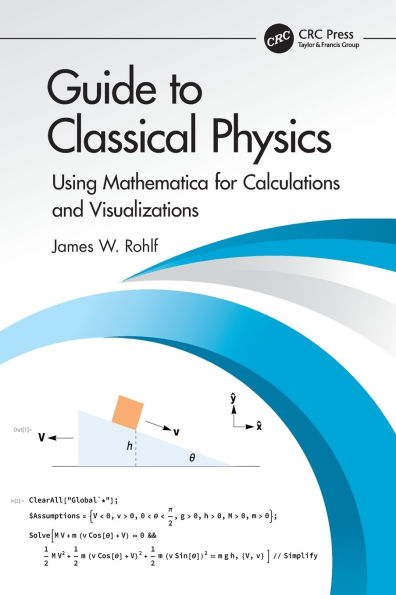

Barnes and Noble
Guide to Classical Physics: Using Mathematica for Calculations and Visualizations
Current price: $150.00
Size: Hardcover
Loading Inventory...
*Product information may vary - to confirm product availability, pricing, shipping and return information please contact Barnes and Noble
This is a “how to guide” for making introductory calculations in classical physics for undergraduates studying the subject.
The calculations are performed in Mathematica, and stress graphical visualization, units, and numerical answers. The techniques show the student how to learn the physics without being hung up on the math. There is a continuing movement to introduce more advanced computational methods into lower-level physics courses. Mathematica is a unique tool in that code is written as "human readable" much like one writes a traditional equation on the board.
The companion code for this book can be found here: https://physics.bu.edu/~rohlf/code.html
Key Features:
• Concise summary of the physics concepts
• Over 300 worked examples in Mathematica
• Tutorial to allow a beginner to produce fast results
The companion code for this book can be found here
:
https://physics.bu.edu/~rohlf/code.html
The calculations are performed in Mathematica, and stress graphical visualization, units, and numerical answers. The techniques show the student how to learn the physics without being hung up on the math. There is a continuing movement to introduce more advanced computational methods into lower-level physics courses. Mathematica is a unique tool in that code is written as "human readable" much like one writes a traditional equation on the board.
The companion code for this book can be found here: https://physics.bu.edu/~rohlf/code.html
Key Features:
• Concise summary of the physics concepts
• Over 300 worked examples in Mathematica
• Tutorial to allow a beginner to produce fast results
The companion code for this book can be found here
:
https://physics.bu.edu/~rohlf/code.html


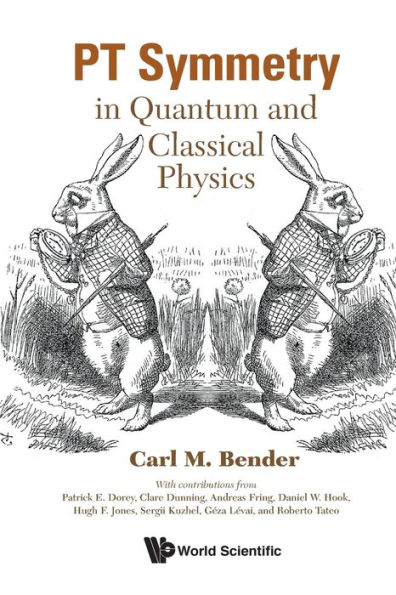
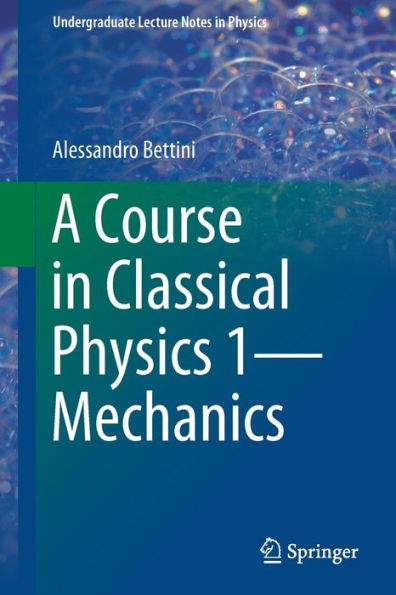
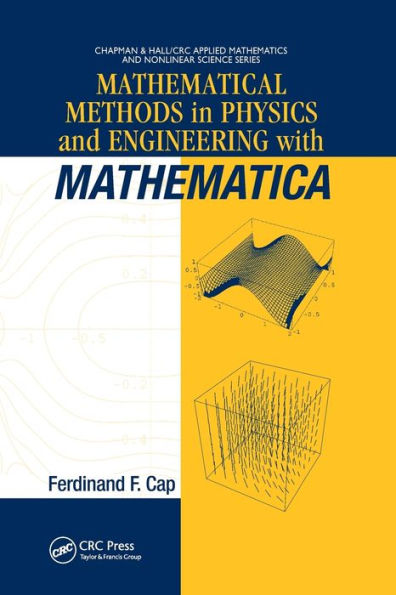
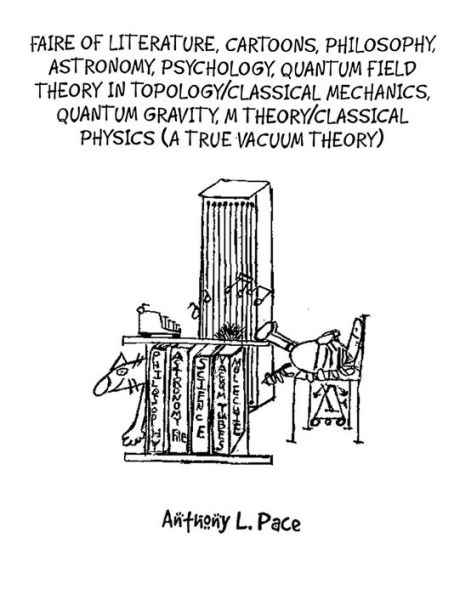

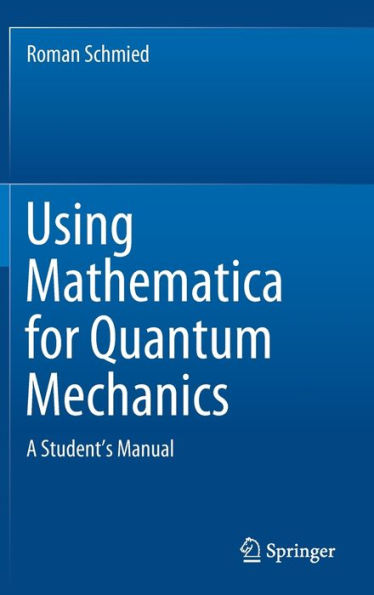


![Classical 2009 [Barnes & Noble Exclusive]](https://prodimage.images-bn.com/pimages/5099921744822_p0_v1_s600x595.jpg)






